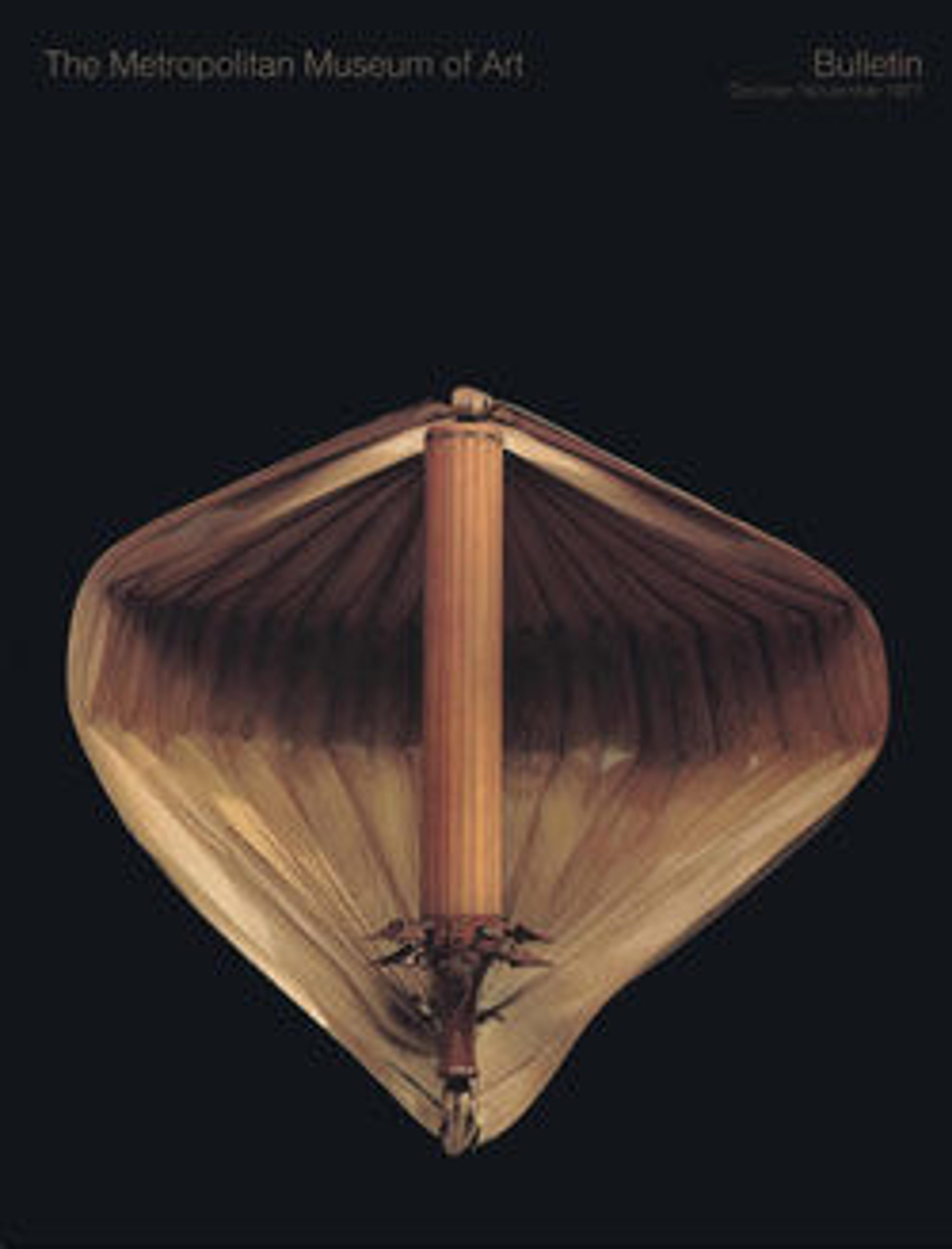Treble Viol
This treble viol retains its original neck, fingerboard, and tailpiece, and is a rare example of a professional musician's instrument in unaltered condition. Viols were the most esteemed bowed instruments of the late Renaissance, and only gradually displaced by the violin family in the eighteenth century. Viols feature flat backs, sloping shoulders, and six or seven strings, all features which distinguish them from members of the violin family. All viols are played in an upright position between the knees, or da gamba ("at the leg"), and the bow is held palm upwards. Their sound is quieter and less brilliant than that of the violin family, yet considered more pleasing to the ear by Renaissance humanists. Chamber music for consorts of four to six viols was composed during the Renaissance and Baroque eras, and solo works for the bass viol were played until nearly the end of the 18th century.
Artwork Details
- Title: Treble Viol
- Maker: Jean Ouvrard (French, Paris ca. 1720–1748 Paris)
- Date: 1726
- Geography: Paris, France
- Culture: French
- Medium: Wood
- Dimensions: Body length: 34.5 cm.
Body width: upper bout 16.5 cm.
center bout 11.2 cm.
lower bout 19.5 cm.
Rib height: top block: 5.4 cm.
center bout 6.95 cm
bottom block 7/15 cm.
String length: 37.0 cm. - Classification: Chordophone-Lute-bowed-fretted
- Credit Line: The Crosby Brown Collection of Musical Instruments, 1889
- Object Number: 89.4.946
- Curatorial Department: Musical Instruments
More Artwork
Research Resources
The Met provides unparalleled resources for research and welcomes an international community of students and scholars. The Met's Open Access API is where creators and researchers can connect to the The Met collection. Open Access data and public domain images are available for unrestricted commercial and noncommercial use without permission or fee.
To request images under copyright and other restrictions, please use this Image Request form.
Feedback
We continue to research and examine historical and cultural context for objects in The Met collection. If you have comments or questions about this object record, please complete and submit this form. The Museum looks forward to receiving your comments.
